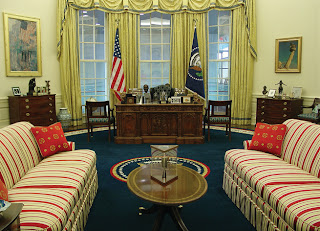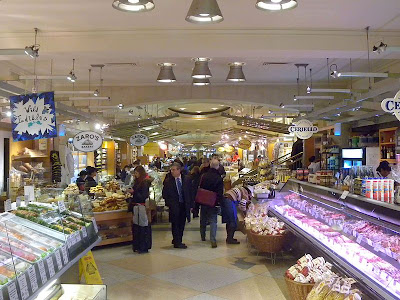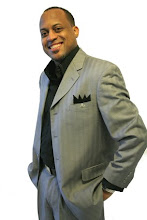 Art is not always something you hang on the wall, and
Philadelphia’s Woodmere Art Museum is leading the way by offering Friday
evening jazz concerts to its members and the public. The museum that tells the
story of Philadelphia art and artists is also presenting its rich musical
heritage and contemporary sounds featuring many of the very best jazz musicians
of the Delaware Valley.
Art is not always something you hang on the wall, and
Philadelphia’s Woodmere Art Museum is leading the way by offering Friday
evening jazz concerts to its members and the public. The museum that tells the
story of Philadelphia art and artists is also presenting its rich musical
heritage and contemporary sounds featuring many of the very best jazz musicians
of the Delaware Valley.Since April 2009, Woodmere has presented
a Friday evening jazz series to an appreciative and ever growing audience. Working with Warren Oree, a bassist, composer, educator, and producer, who heads Life Line Music Coalition
and his own group the Arpeggio Jazz Ensemble, Woodmere has now become recognized as an important city jazz venue. Jazz at Woodmere features many of the area’s top jazz musicians.
The 2013 Fall jazz series begins on Friday October 4 with a tribune to singer Tina Turner, titled What’s Love Got to Do With? Philadelphia’s Lisa Chavous pays homage to one of the great female soul singers performing some of Tina’s most popular tunes. On October 11, the theme is La Vie En Rose – Edith Piaf, Better Than French Wine. Vocalist Phyllis Chapelle brings the first lady of French song alive.
A Night at the Apollo Theater, Harlem, NYC, 1938 is the theme on October 18. The Arpeggio Jazz Ensemble will perform sounds of Fats Waller, Duke Ellington, Coleman Hawkins, Count Basie, Sidney Bechet, and more. On October 25, its “Mr. Magic,” a tribute to Grover Washington, Jr. An innovator and a saxophonist of the first order. His music was a bridge connecting jazz and smooth R&B. The popular group Hidden Treasure performs.
Jazzy Divas: The Sound That Touches the Soul,
is the theme on November 1. Jazz divas made an indelible mark on the music. Now current day divas as Michelle Beckham, Sherry Butler, Tonya Lynette, Pat Washington, Lauren Lark, and Jackie Joyner perform with the Arpeggio Jazz Quartet. Arpeggio returns November 8 with Smoother Than Silk: The Nat King Cole Trio. Songs will include: Sweet Lorraine, I Love You, Paper Moon, and Smile.
Four young men from Liverpool, England made some unforgettable music. The Arpeggio Jazz Ensemble presents a jazzy styling of The Beatles on November 15. On November 22, the incredible jazz guitars of Wes Montgomery and George Benson are recalled and on December 6, jazz vocalist Tonya Lynette pays tribute to lyricist Johnny Mercer.
The Fall series concludes on December 13 with a salute to Southern Soul and Stax Records.
Vocalists Roy Richardson, Pat Scott, and Tonya Lynette will perform many of the best Stax recordings. Details regarding the jazz series can be found on the museum’s website at woodmereartmuseum.org. Plan to attend and enjoy.
Senior Travel Writer
Golf Wiz Blog
Golf Wiz Blog

























